









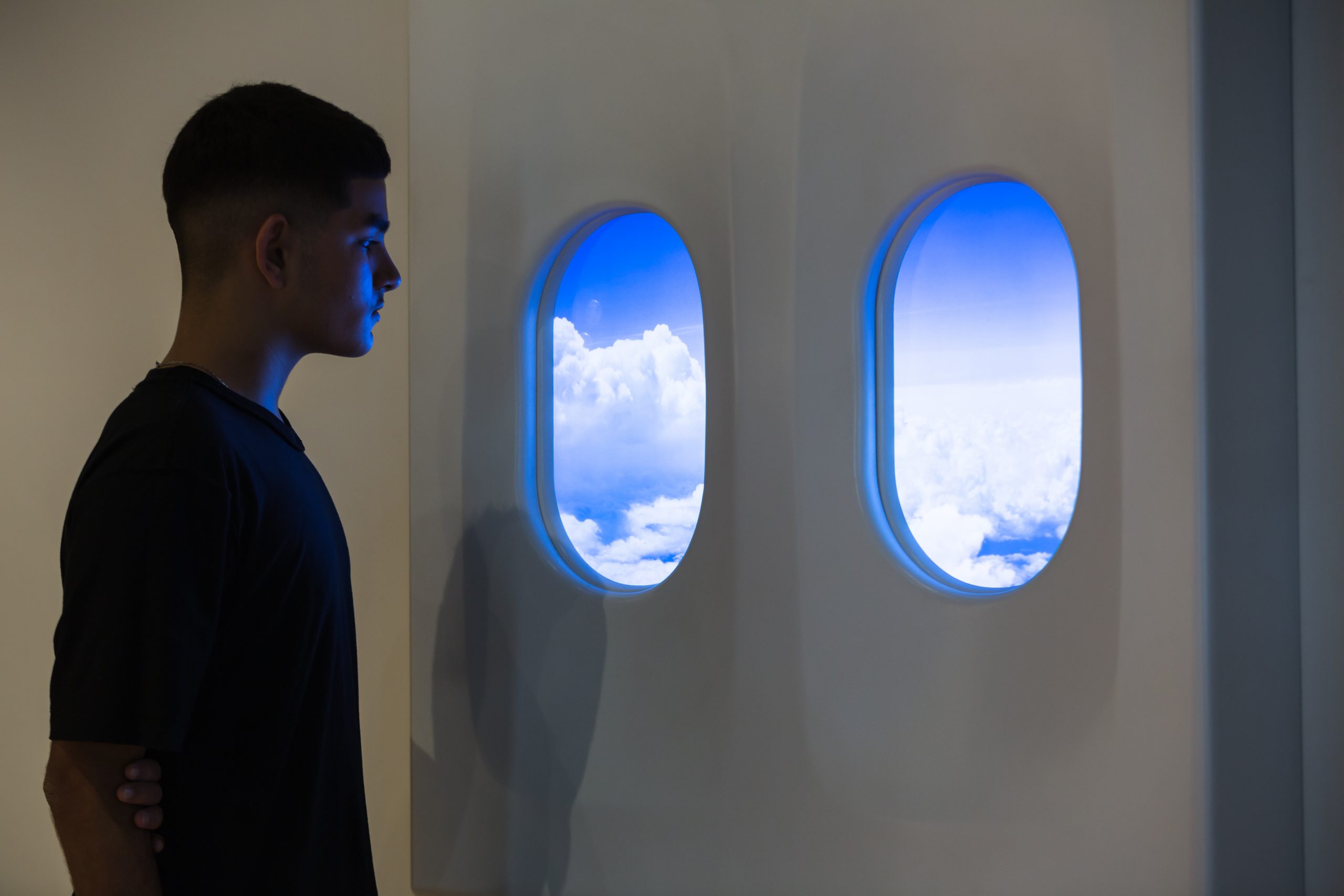
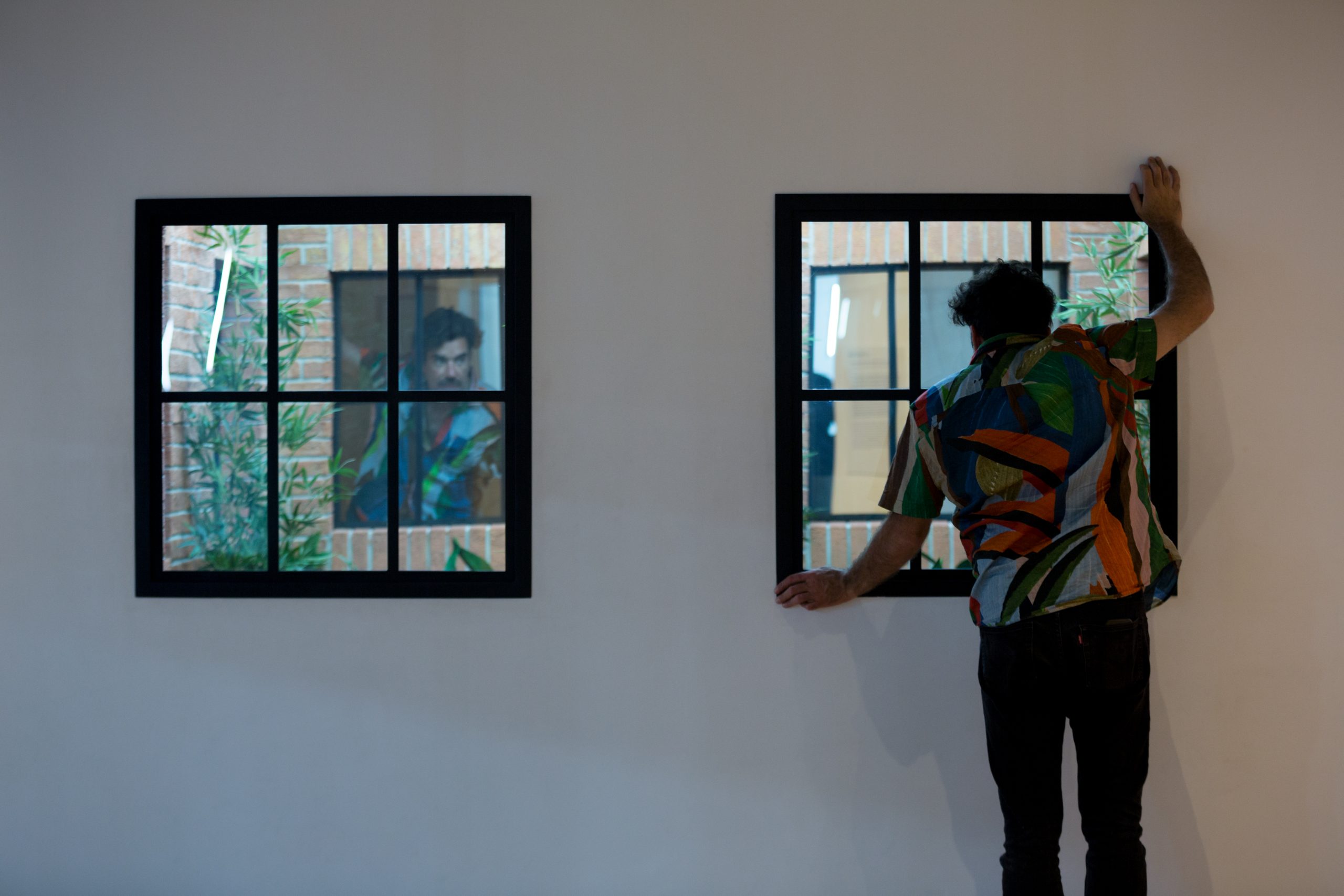
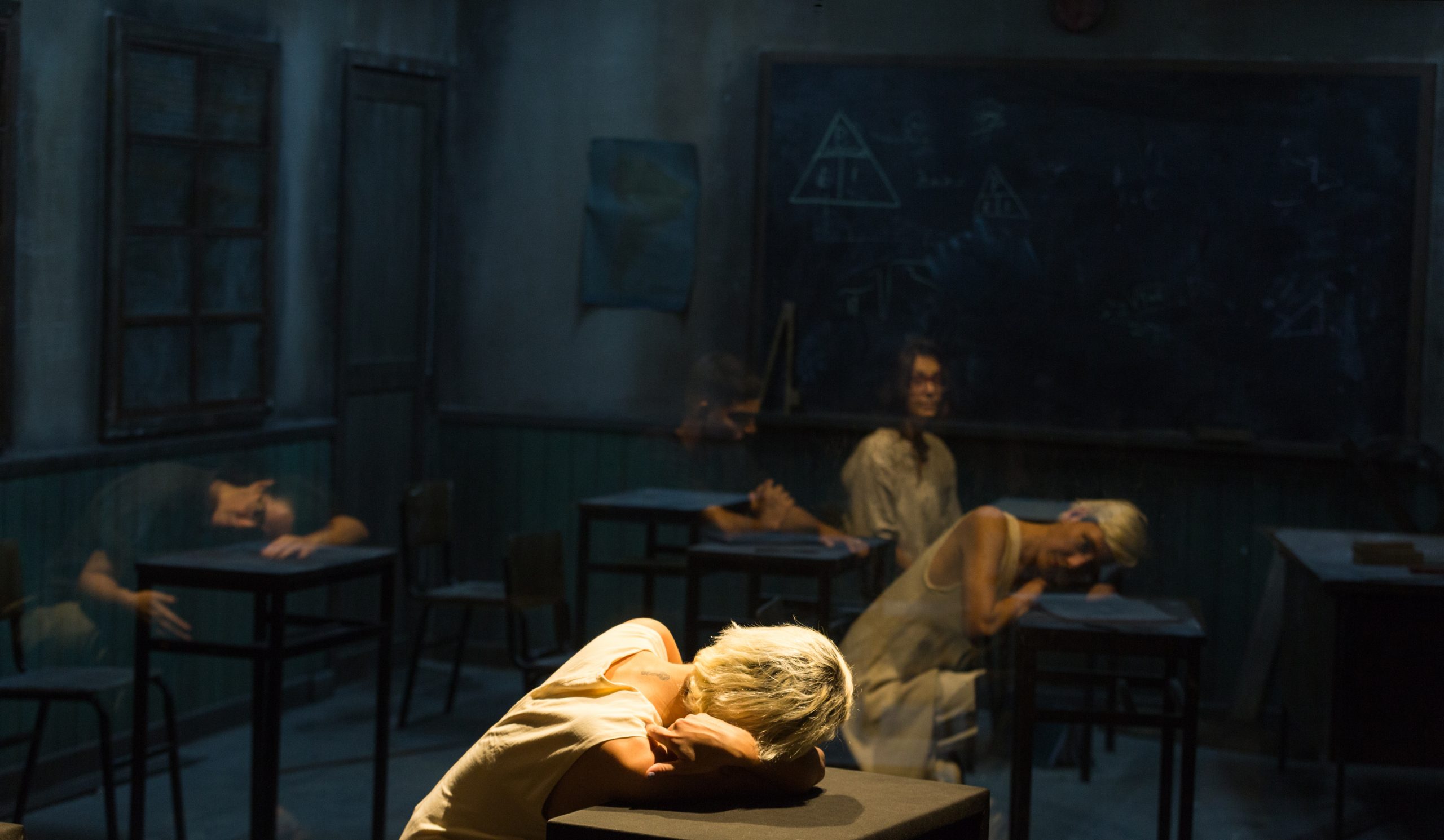
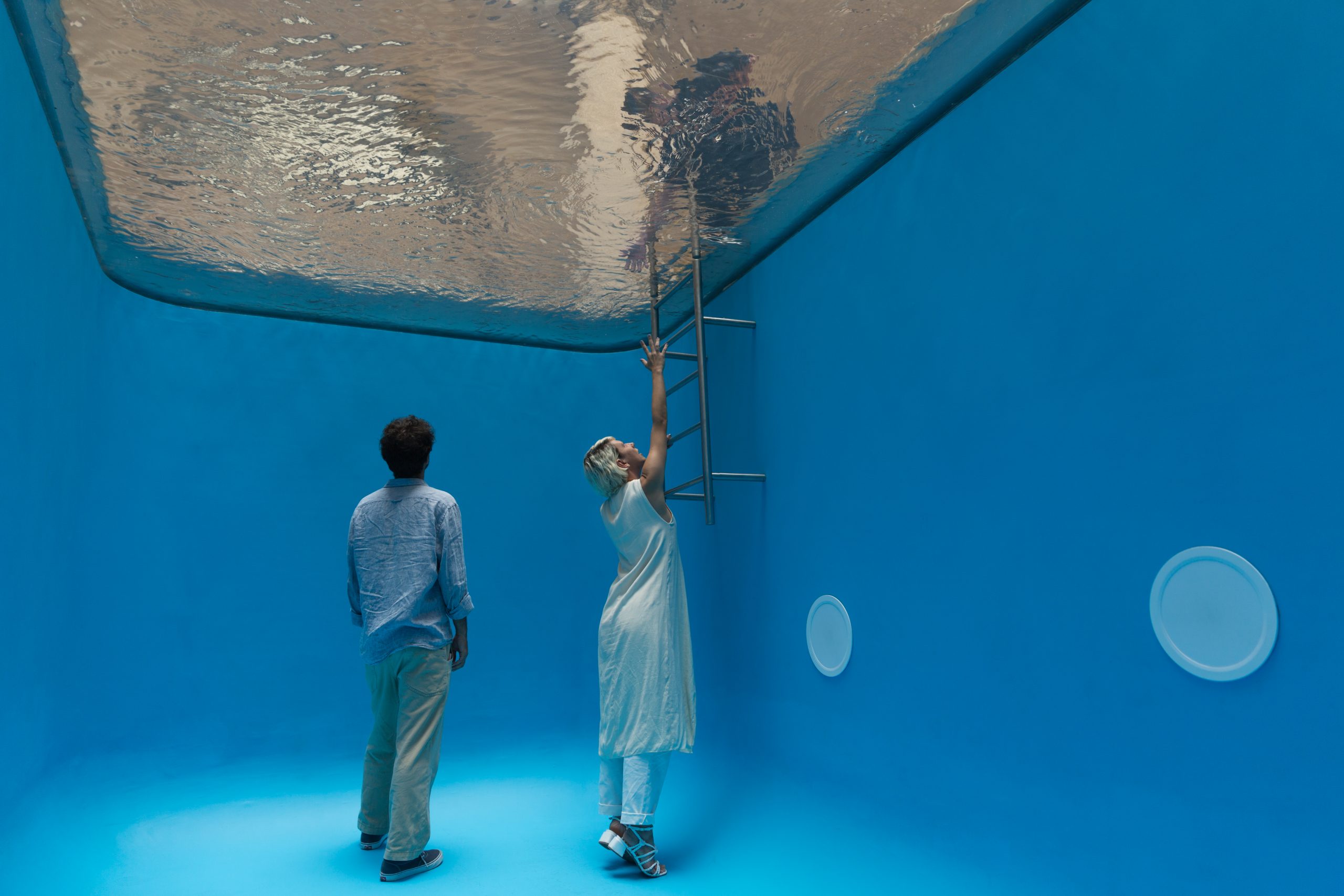
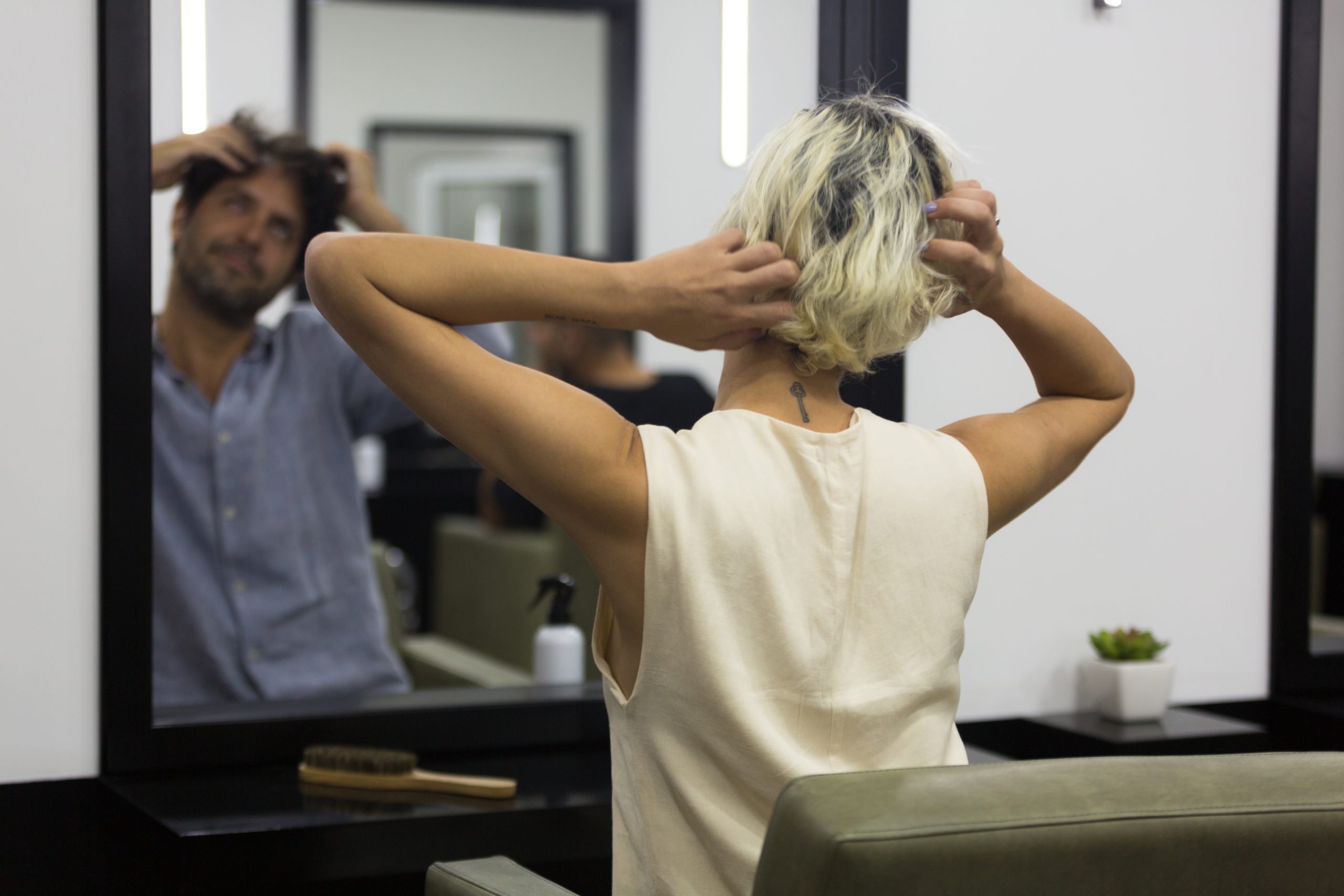
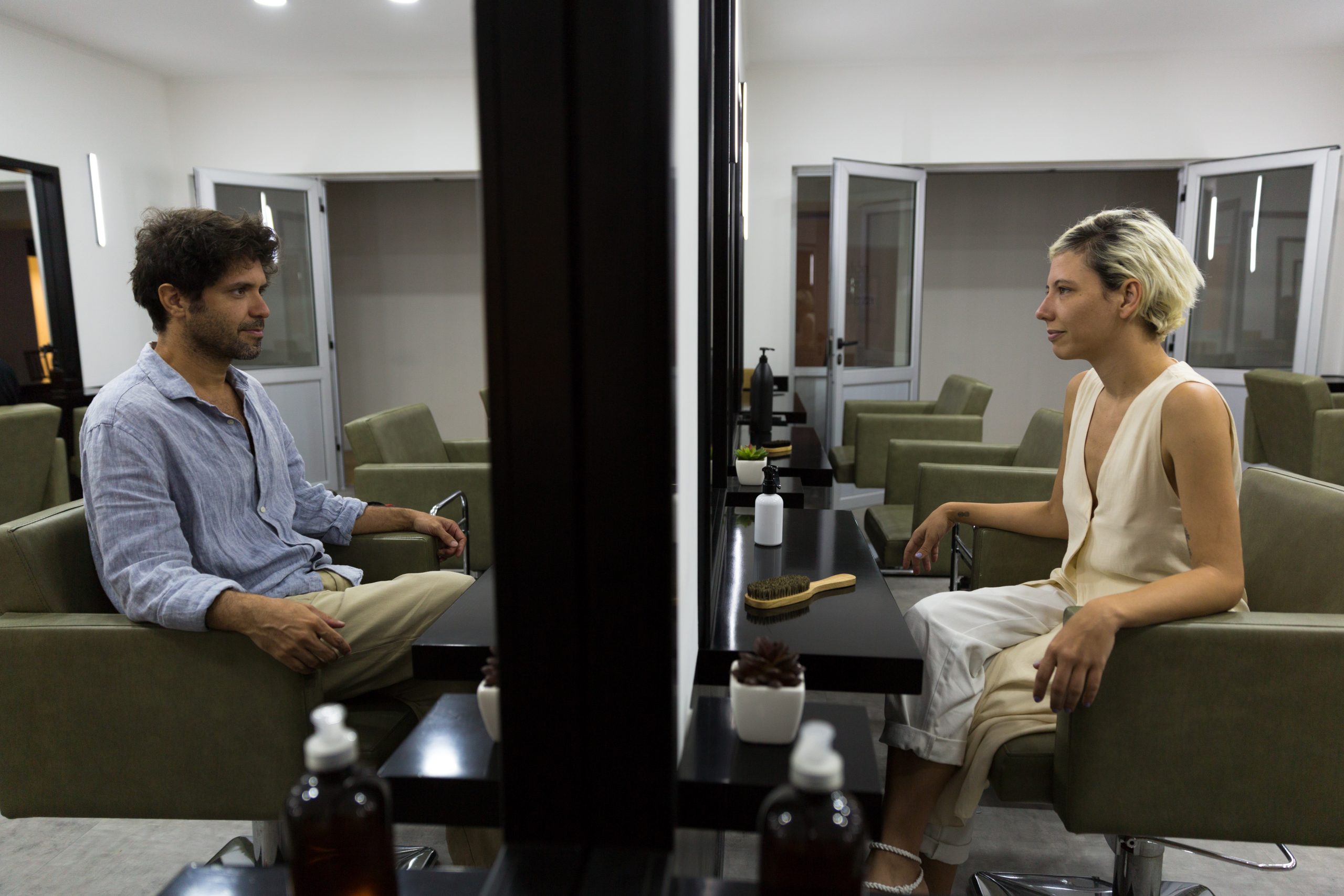
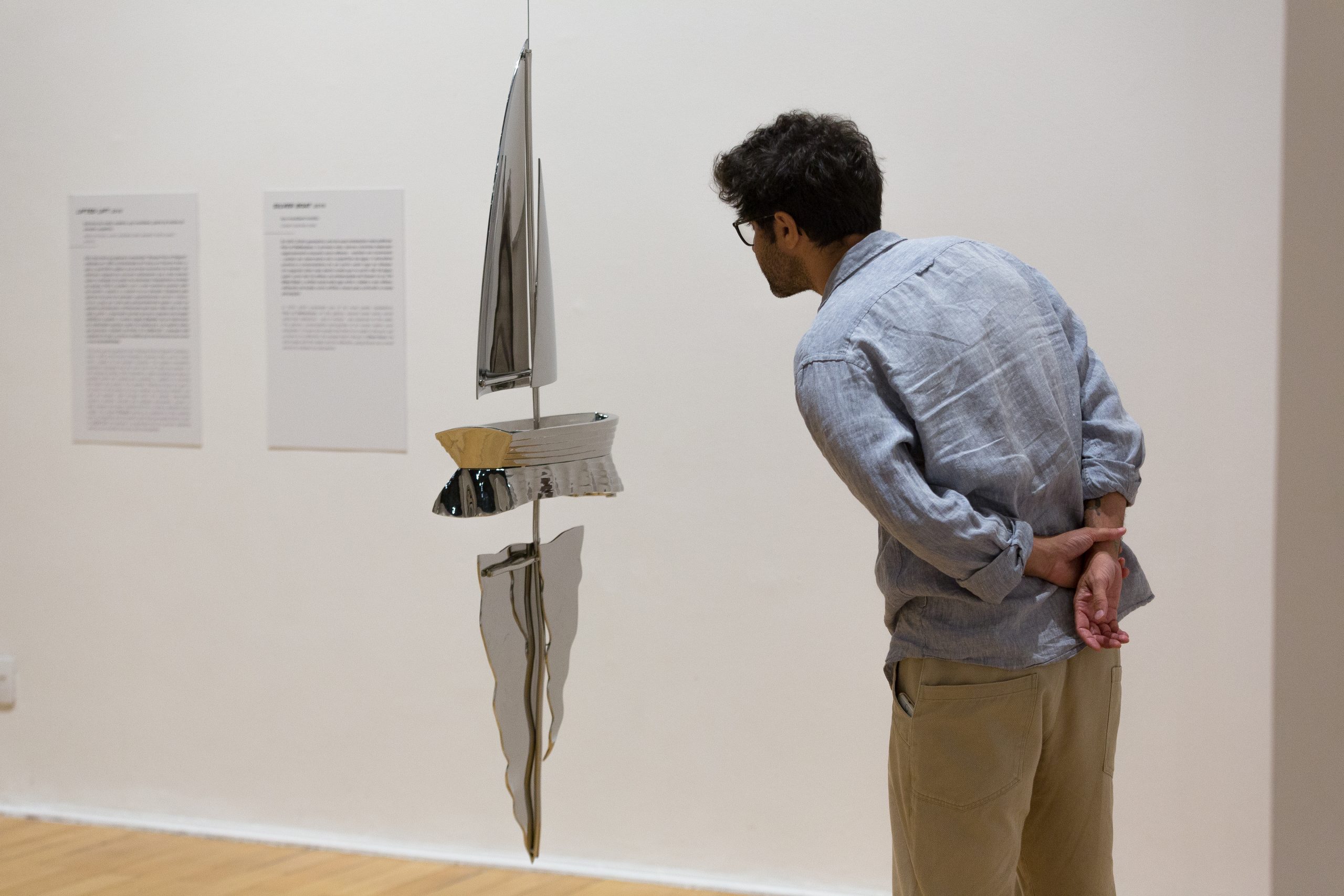


The exhibition ATensão brought together a set of 20 large-scale works that challenged the way we see the buildings of the Centro Cultural Banco do Brasil: floating boats and elevators, windows to imaginary gardens, and even a pool where visitors can enter fully clothed and be submerged without fear of drowning were part of the show by one of the most provocative and popular names in contemporary art, Leandro Erlich. The name is quite explicit, ATensão (and phonetically ambiguous: those who don’t read it may hear “attention”), revealing one of the likely feelings that visitors experienced when faced with the artist’s installations. This is because Erlich works brings references that are literally “commonplaces,” spaces we are accustomed to see in our daily lives but displaced from their normal condition.
Leandro Erlich’s work is structured around the mechanism of doubt. What our eyes see is at odds with what our minds know. Born in 1973 and producing his works in his studios in Buenos Aires and Montevideo, Erlich is constantly breaking the boundaries we normally believe exist between reality and illusion. An important example of this artistic illusionism was how he “made disappear” the tip of the Buenos Aires obelisk, a gigantic monument built in 1936 to commemorate the city’s 400th anniversary, which dominates the landscape near the Casa Rosada, the Argentine government’s headquarters, “relocating” this tip at the entrance of the Malba.
However, more “universal” is the work “Swimming Pool,” which was installed in the courtyards of the CCBBs. A success wherever it is exhibited, Erlich’s pool is an installation where sensations are absurd for both those inside it – without getting wet – and for those outside: a layer of water between the outside and inside creates the illusion that the people in the background are actually immersed in a pool where they don’t need to breathe.
According to the critic Hans Herzog, Erlich’s works can, in some way, be compared to Escher’s trompe-l’oeils. The amazement and surprise they instantly provoke “border on being slightly sinister,” Herzog states, making their ambiguity and absurdity evident. “Ultimately, Leandro Erlich’s installations turns against a hasty determination of the function and meaning of the objects that surround us – completely confusing our senses and making us reflect on what is reality and what is illusion.”
Another critic, the Argentine Rodrigo Alonso, argued that Leandro Erlich’s work breaks with the automatism of our world by using resources such as “challenging gravity, inverting spaces, deceiving the gaze, turning the viewer into a voyeur, forcing perspectives, manipulating duplicity, instrumentalizing special effects, encouraging curiosity, turning the viewer into an actor, activating banal scenarios, disturbing mundane temporality, expanding spaces, opening windows to other realities, reinterpreting the everyday, suspending the definitions of true and false, building verisimilitude, provoking identification, and enhancing the unusual.”
By displacing the viewer’s prior knowledge of what we could call, resorting to a commonplace in language, a “comfort zone,” Erlich necessarily places the viewer in confrontation with what their experience said about a given situation, demanding engagement and participatory attention to unravel each work.
Concept and Production